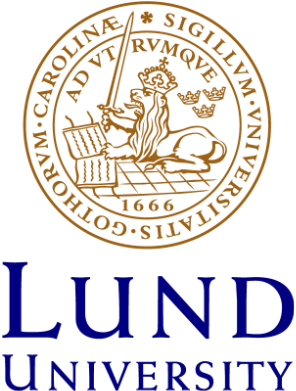http://www.lucs.lu.se/wp-content/uploads/2018/04/memory_model.png
Integrated Models of Memory
By 2 -
Published 9 March 2018

The goal is to design an integrated memory model that can account for a wide range of memory processes including semantic and episodic memory as well as working memory and priming. We introduce a memory model for robots that can account for many aspects of an inner world, ranging from object permanence, episodic memory, and planning to imagination and reveries. It is modeled after neurophysiological data and includes parts of the cerebral cortex together with models of arousal systems that are relevant for consciousness. The three central components are an identification network, a localization network, and a working memory network. Attention serves as the interface between the inner and the external world. It directs the flow of information from sensory organs to memory, as well as controlling top-down influences on perception. It also compares external sensations to internal top-down expectations. The model is tested in a number of computer simulations that illustrate how it can operate as a component in various cognitive tasks including perception, the A-not-B test, delayed matching to sample, episodic recall, and vicarious trial and error.
Balkenius, C., Tjøstheim, T. A., Johansson, B. & Gärdenfors, P. (2018). From focused thought to reveries: A memory system for a conscious robot. Frontiers in Robotics and AI. doi:10.3389/frobt.2018.00029 [Open Access]
2024-10-20
Peter Gärdenfors receives the Jean Nicod Prize 2025 (The Institut Jean Nicod)
2024-10-18
LU-informationsvideo med Jana Holsanova: "Samverkan för bättre syntolkning"
2024-10-03
Peter Gärdenfors at The University of Liverpool Evolutionary Anthropology Webinar Talk
2024-10-01
Epi (LUCS Robotics) performing as "the emotional support karaoke bot" at Malmö Gallery Weekend 2024.
2024-09-26
3 x LUCS på Bokmässan 2024 i Göteborg, 26–29 september.
